Estimated reading time: 8 minutes
The modern workplace is increasingly reflecting our lives intertwined with technology, allowing for more flexibility in how, when and where we work. With this decreasing formalisation of the workplace the dreaded smart/casual dress code has been pervasive. However, workwear remains a vital market. In fact, the global workwear market is expected to exceed $41 Billion by 2024. A new report from Maxwell-Scott concerning professional attire found that 65% of people in Britain believe that professional attire is important, with this rising to 68% of people in Germany, Austria and Switzerland. This suggests that professional dressing remains a dominant force within the modern workplace. The report outlines the differences in attitude towards professional dressing between the UK and Germany, Austria and Switzerland as well as between men and women. At first glance attire may seem superficial but, in fact, it empowers us and signals that we are valuable within the workplace. It is the most powerful non-verbal communication available.
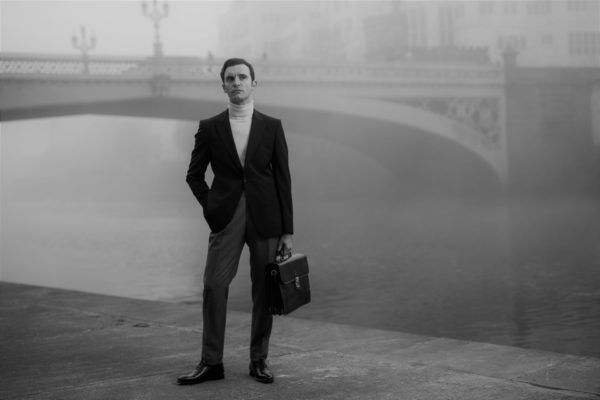
In fact, professional dressing has an impact in comparison to verbal communication such as good professional manners. The Maxwell-Scott report found that 1 in 5 of recipients think that unprofessional clothes are more unacceptable than unprofessional manners. This potency increases with people aged 20 to 29, within which 1 in 4 people think that unprofessional clothes are more unacceptable than unprofessional manners. Moreover, in the German-speaking countries in the study, more than 4 in 10 people aged 20 to 29 reported thinking that unprofessional clothes are more unacceptable than unprofessional manners. This suggests that professional dressing is an important factor in impressing within the modern workplace.
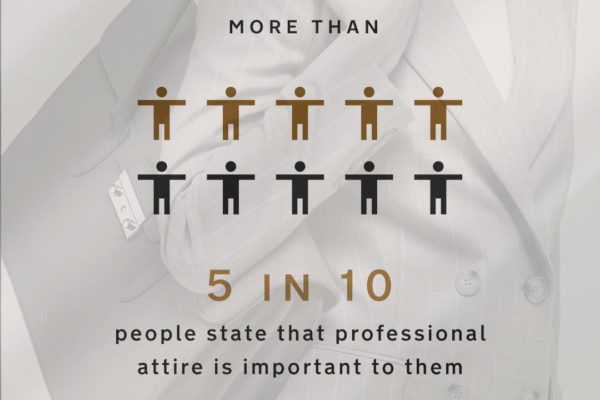
This is corroborated by the fact that more than 4 in 10 people in the study specified that they were likely to form a poor opinion of somebody if they dress unprofessionally. According to Petra Barsch, Career Counsellor and Trainer, this is because “clothes express a lot, protect the wearer, indicate his or her affiliation with a social group or profession, demonstrate values and underline individuality.” She explains that professional dressing is important for others, just as professional manners are, taking the doctor’s white coat and its connection to competency as an example. Sebastian Arps, Owner and Transformation Expert at Elemtartraining, furthers this by explaining that professional clothing is about more than fulfilling expectations, rules and regulations. Instead Arps insists that professional clothing influences our attitude from the inside-out, leading to “a positive perception and the reassurance of others.” This is evidence that professional dressing is still very powerful within the modern workplace, as it is considered significant even in comparison to professional behaviour.
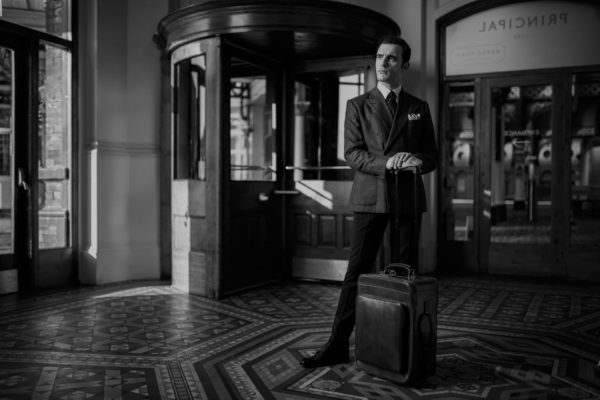
The difference between the UK and Germany, Austria and Switzerland is interesting and even more stark in regards to professional dressing for interviews. It is vital at interviews to make a good first impression and it appears that dressing the part is a considerable factor in the hiring process. For example, in the UK, close to 20% more people aged between 30 and 59 years are less inclined to hire someone if they dress casually for an interview, compared to the German-speaking countries involved in the report. More specifically, 67% of Britons between 30 and 59 years are less inclined to hire someone if they dress casually for an interview compared to just more than 5 in 10 people aged between 30 and 59 in Germany, Austria and Switzerland. This suggests that unprofessional clothing makes a significant first impression within the workplace environment, with more pertinence in the UK than our German-speaking counterparts. Barsch believes that this difference can be ascribed to the stronger traditional meaning of clothing within British society with its links to the monarchy and its dress codes from the highly regulated banking sector. She stresses that even though dress codes in many workplaces are increasingly relaxed, particularly in the IT industry, people still feel that sweatpants for a job interview, for instance, are unacceptable especially when compared to a suit. For Barsch:
“After all, our society is willing to pay more for something if the packaging looks right.”
Ulrike Winzer, Speaker and Business Expert, supports this theory. She acknowledges that professional attire represents an appreciation of a situation or conversation partner and, as such, dressing professionally is considered to be the most appropriate attire. Within this setting of first impressions, professional dressing then appears to be a vital cue to the interviewer that they are respected and worth dressing smartly for. Jasmin Leheta, Styling and Shopping Coach, agrees that “being dressed for the occasion only comes with benefits” whatever the occasion. With all of this, it appears clear that for employers professional attire is a crucial way in which to make a good first impression, underpinning success throughout the hiring process. Whilst this is not highly surprising, the difference in the reaction between British and German employers is important, suggesting that Britons are more culturally influenced by their rich history of dressing based on profession.
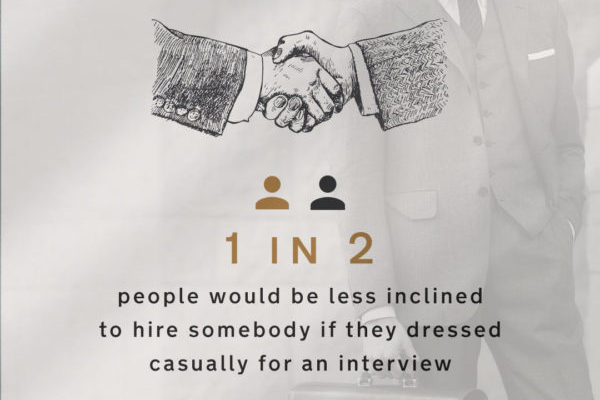
This trend continues with more than 4 in 10 UK participants likely to form a poor opinion of somebody if they dress unprofessionally compared to 1 in 3 of those from Germany, Austria and Switzerland. This indicates a slight difference in how professional appearance is considered between the UK and German-speaking countries. But, interestingly, a disparity is more evident between genders. For example, in the UK, 47% of men are likely to form a poor opinion of somebody if they dress unprofessionally compared to only 38% of women – with a similar trend appearing in the German-speaking countries as well. This suggests that dressing as a non-verbal signal of success is more pertinent to men.
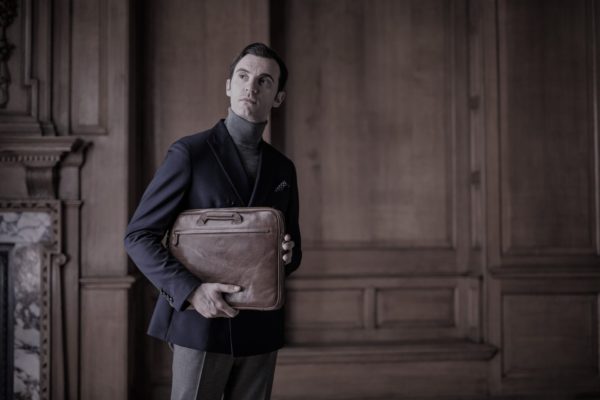
Nevertheless, the converse is true with interviews as more British women than men would be less inclined to hire somebody if they dressed casually for an interview. What is certain is that, with a conscious choice of our clothing, we can influence the effect we want to achieve. Perhaps an important factor to consider here is the difference between what a strict, traditional professional dress code means to men and women. Men arguably have a more restricted choice of attire within this structure – that is to say a suit and tie. Women, on the other hand, have more options with garments that fit this dress code. Though certainly simply a consideration, the Maxwell-Scott report highlights how important unprofessional dressing is in the formation of personal opinions of people with its influence more clear on men. Perhaps, this is due to men’s more restricted framework of what professional attire means.
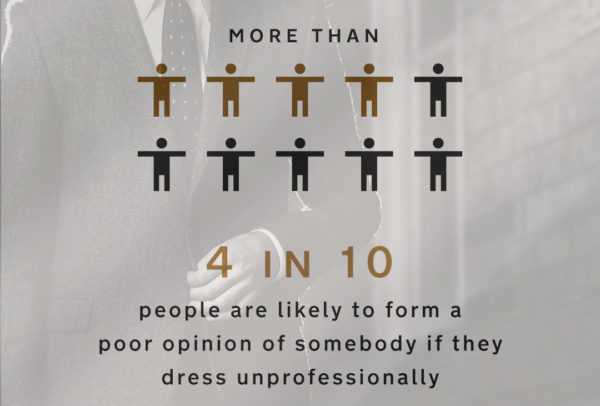
Moreover, the Maxwell-Scott report highlights another compelling difference between the attitudes of men and women toward professional attire. More men than women state that professional attire is important to them. But, almost 80% of British women feel empowered by professional clothing in a work situation compared to 60% of men. It seems perhaps that the male and female participants find that professional attire influences them in different ways. For men professional attire is important to them, for women it empowers them. This is hardly surprising when reflecting upon fashion history with the 80s, as women embraced power dressing as a way to assert themselves within the broadening workplace. International Marketing Director, Julia Munder, said of these findings:
“Professional dressing can feel like a superficial consideration within the workplace but this survey has made it clear that it is a tool that each of us can use to signify our talent and position. It is such a powerful means with which each of us can feel bolder in ourselves within the workplace.”
This sentiment is corroborated by Winzer who argues that professional attire is the mirror of your own professional personality. It underlines personal positions and strengthens our own self-esteem. Clearly for women, professional clothing remains a fruitful tool within the workplace. And still, despite the increasingly pervasive force of more casual attire within the modern workplace, professional dressing remains important to us all.
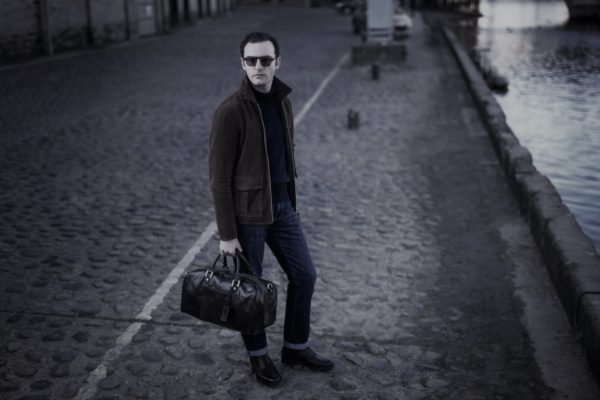
Thus, there is a power to professional dressing. It influences those around us, non-verbally signals our competence and raises self-belief. Just as professional manners indicate a level of respect, professional attire shows that an individual has an affiliation with a social group or profession, demonstrates values and underlines individuality. It works to ensure a positive reception and reassures others. This is why professional attire is so crucial when making the first impression, particularly at an interview. Interestingly, though, those in Germany, Austria and Switzerland are more relaxed with their approach to traditional professional attire than the UK. There also appears to be a difference in attitudes between men and women with more women feeling empowered by the clothing and accessories that they choose. After all, it signifies our talent and position. What appears clear then is that, however much the modern workplace is adapting to our lives, office wear remains a crucial consideration for the contemporary entrepreneur.
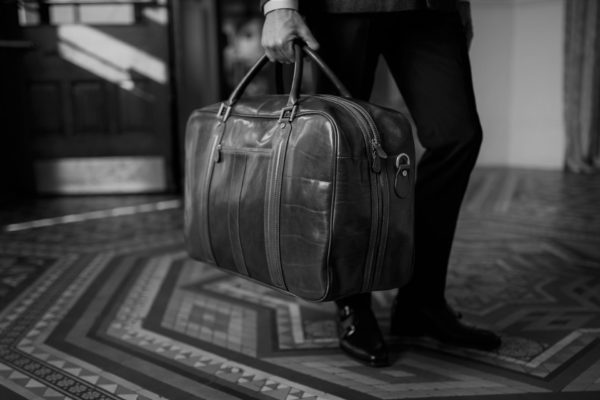
For a comprehensive infographic of our findings…
This study was undertaken by British luxury leather brand Maxwell-Scott in July 2019 with 258 participants from Germany, Austria, Switzerland and Great Britain. Participants were asked about their attitudes towards professional clothing within the workplace environment.